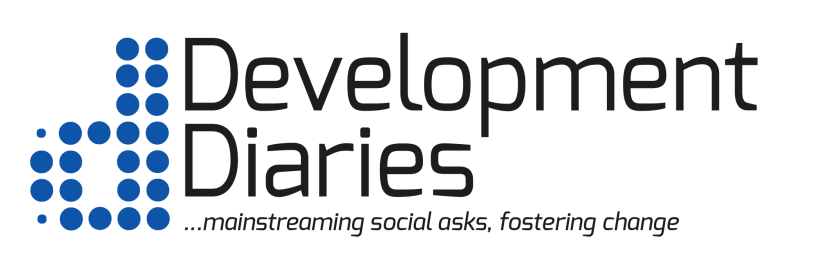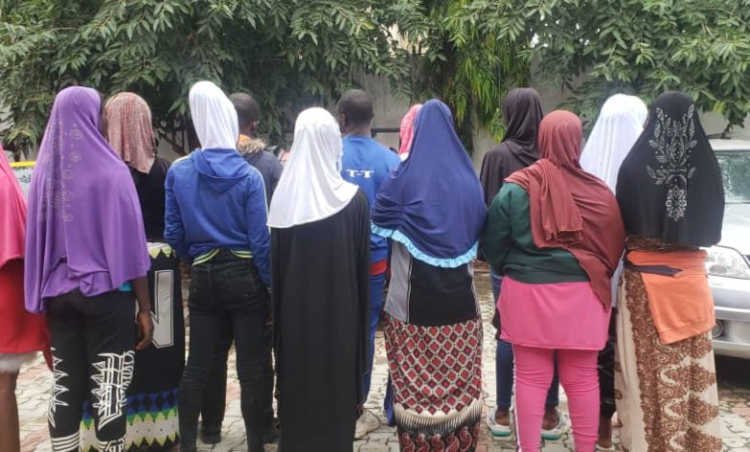It has been a week and five days since a report by The Guardian revealed that teenage girls are being trafficked out of Nigeria to the Ivory Coast as sex workers and the National Agency for the Prohibition of Trafficking in Persons (NAPTIP) has yet to give an update on the rescue of the girls.
Development Diaries, in its report, had called on NAPTIP to urgently launch a comprehensive investigation into the trafficking networks that are operating between Nigeria and the Ivory Coast.
Although the agency had responded by saying it is doing ‘its best’ to rescue more girls and apprehend perpetrators, the agency’s response it still leaves a lot to be desired.
In July, 2024 the Agency rescued 5 Girls trafficked to Ivory Coast for Sexual Exploitation & we are doing our best to make sure more young girls are saved & the perpetratous are brought to book.
If you have any information you would like to share kindy email us info@naptip.gov.ng https://t.co/zaF3v9NF5v— NAPTIP (@naptipnigeria) August 30, 2024
NAPTIP needs to take a proactive and transparent approach to addressing the issue. While acknowledging its efforts, the agency needs to provide the public with regular, detailed updates on the progress of investigations, rescue operations, and any apprehensions of traffickers.
Transparency is crucial in reassuring citizens and stakeholders that the agency is fully committed to protecting vulnerable individuals and dismantling the trafficking networks.
It is expected that NAPTIP would publicly outline the specific steps being taken to ensure the safety and repatriation of the victims.
It is also important that NAPTIP prioritises preventive measures to curb the trafficking of teenage girls.
Transparency is key in handling such sensitive cases.
To this end, Development Diaries calls on NAPTIP to issue regular updates to the public, outlining the progress of their rescue operations and investigations.
By doing so, the agency will address concerns about whether its response is adequate, allowing the public to hold the agency accountable.
In addition, disclosing obstacles faced in the rescue mission, such as challenges with cross-border collaboration or identifying perpetrators, will enable stakeholders to understand the complexities involved and provide room for international support where needed.
Photo source: NAPTIP






